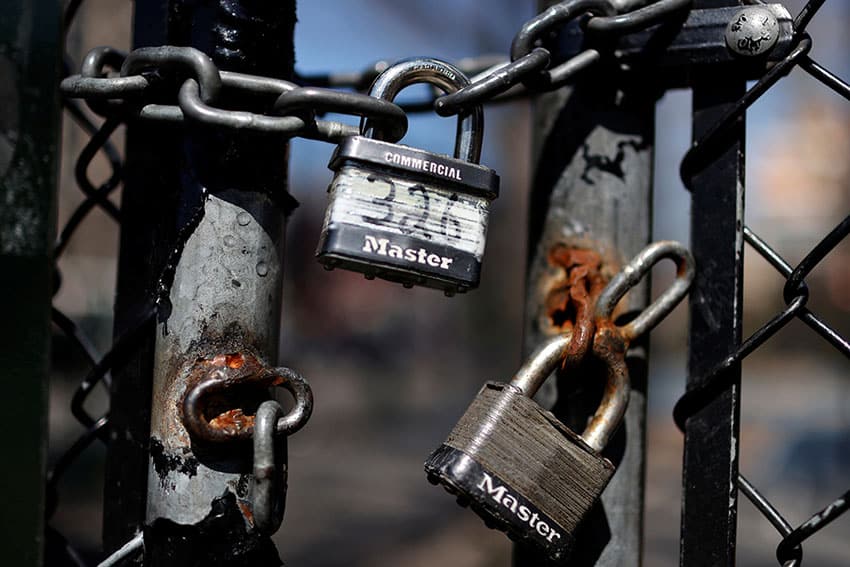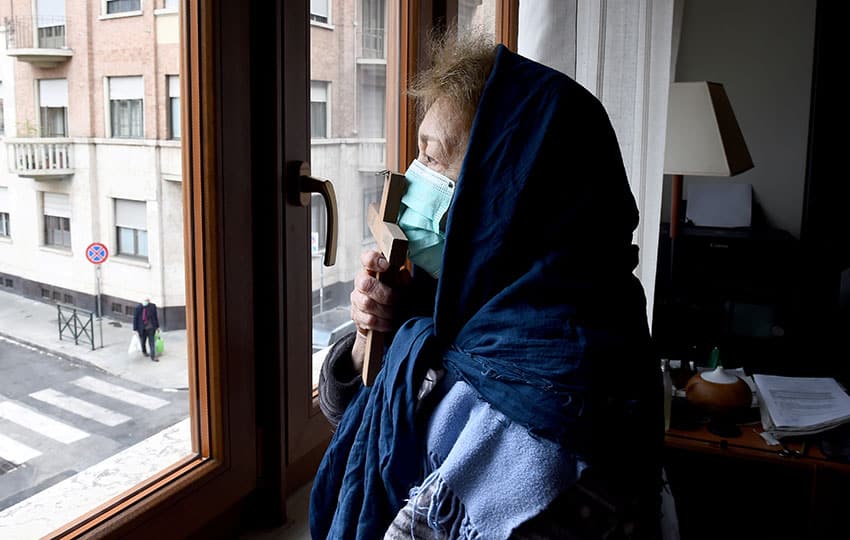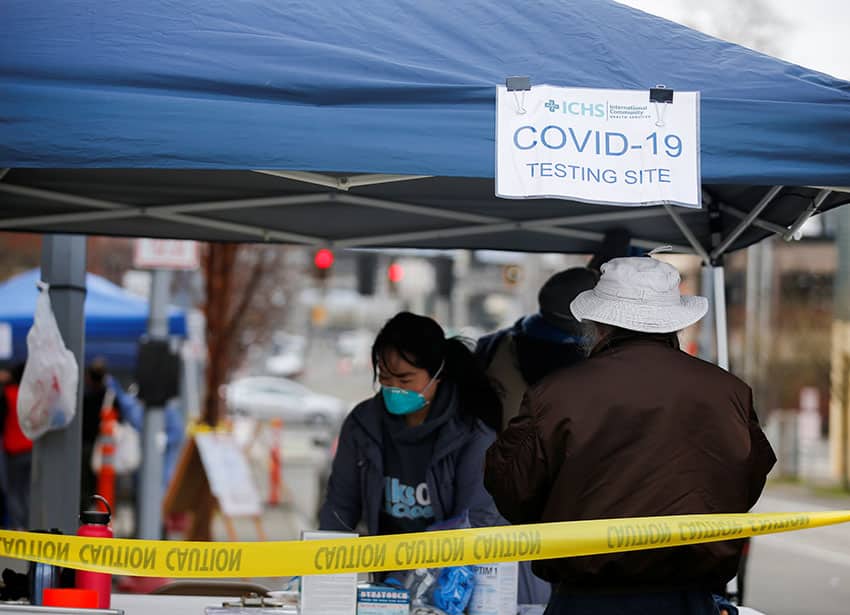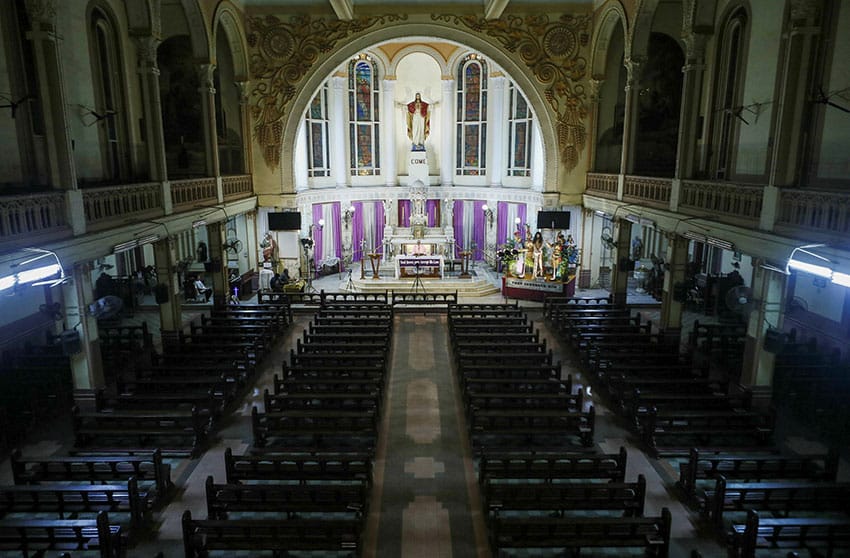
It has been wisely said by several medical and mental health advisors to the Church that at the moment Catholics and every other member of the human race is facing two clear epidemics.
The first epidemic
Coronavirus is the first epidemic. It stalks us all like a hand holding an invisible but deadly dice or lottery wheel, one which dispenses mild symptoms to many but to some few, fearful illness and death. There is no denying the seriousness of the pandemic nor of the virus’ uncanny ability to evade the indifference and distance we can sometimes place between our Western selves and the deadly outbreaks we associate with “other places,” those such as Ebola, tuberculosis and starvation.
The advice of public health officials is seriously important. Being people who honour the relationship between faith and reason and the active promotion of “the culture of life,” we Catholics can lead the way with calm and good grace in protecting the lives of our vulnerable loved ones as well as others in the wider common life.

The second epidemic
The second epidemic is destructive in other ways, even more infectious than the first disease, spreading irrational fear, blind panic and brute selfishness. It is accompanied by very real concern about economic disaster and job loss. This is a real threat to mental health and social cohesion.
Christians are blessed to have so many ways to stare down the monster of inhumanity: the wisdom of our social teachings, the call to virtue, the promise of grace and resurrected life, the heritage of service and charity, the concrete stability of prayer and the example of so many holy ones who have gone before us and live alongside us. Now more than ever we need to recover these rich legacies and the two millennia of saints who became agents of hope and love through more deadly and dangerous experiences than we know.

Is there a third epidemic?
I think there is an additional and third, related, epidemic looming over Catholics of all ages and states. It is hard to share this with our fellow pragmatic Australians who are (understandably) looking for solace in supermarket aisles and bottleshops. For us it is the deeply shattering grief of spiritual and sacramental homelessness, deeper than any Lenten penance or fast could prepare us. It makes despair very real. No more public Mass, no more open churches, no chance to rub shoulders in shared adoration or assembly. It has hit us viscerally because our Eucharistic faith is visceral, it is the opposite of social “distance” and remote communication. Perhaps our sacramental faith, the presence of Christ in the Blessed Sacrament, has been so close to our senses and lives that we too easily tamed and assumed it.

A harvest of sadness
The sadness is quietly engulfing the bolted Church in these weeks, from outback churches to empty and cavernous Cathedrals
It struck like black Irish grief at St Patrick’s Ballarat, during our last participation at a dawn Mass. From the usually the soft and venerable shadows of the Cathedral, built by forebears whose devotion to “The Holy Mass” had been hunted and haunted, the barely-suppressed sobs from both present and past seemed etched in disciplined sadness on the face of our priest.
Yet a wave of gratitude swept over a small (but socially distant) cluster of the congregation. While it is important to “sit down and weep” marked by desolation of Christ’s cross I was reminded by the wartime “divine eccentric” artist and English mystic Caryll Houselander (1901-1954) that we, also, are tabernacles.
Imitate Mary

In tiny ways, like the Virgin Mary, we learn to carry the “the Christlife” from our sacramental participation within our souls and persons. “… Our humanity is the substance of the sacramental life of Christ in us, like wheat of the host, and grape for the chalice,” she wrote in her autobiography, Rocking Horse Catholic. Just as Jesus Christ gave his “flesh, blood and sinew” for us, so we too carry Him into the mess and uncertainty of what are now much needed “domestic” churches.
Our imaginations (along with our social media, phone calls and parcels) can lean upon the “Christ-life” and take it into our homes and in new ways into our world. There are already Australian Catholic families who have built beautiful altars and prayer times within their domestic spaces, our own priests reshaping true sacrifice and countless prayers of the quarantined, all signs that faith and hope are not flashes of magic but tiny ‘hobbitish’ sparks on the move.
This is something no force can predict or stamp out.
Related
